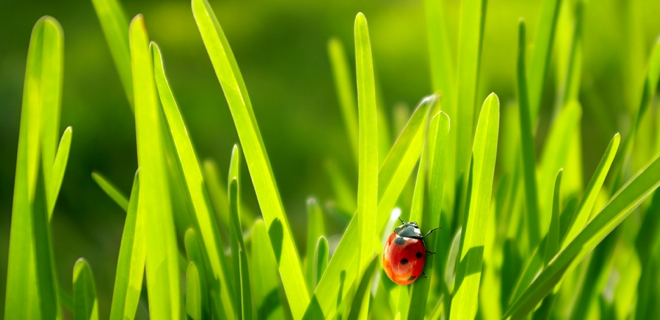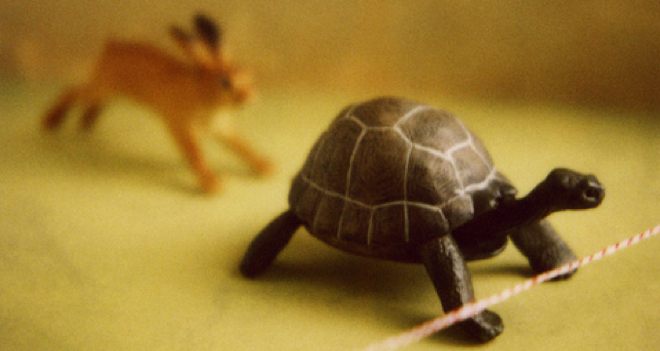
fear – no place to hide (part 1)
Recently, I watched Monsters University – yep I know, late comer to that party! Mike, the loveable green eyeball, identifies his life ambition is to be a scarer. The monster that jumps out of your cupboard, creeps up from under your bed or creates those weird shadows on the wall. All this monitored and measured by the amount of screams generated.
Each of us has our own crew of monsters. They really enjoy the status quo and what it offers them but pop-up and surprise us, when we’re trying to add some stretch in our lives.
These monsters create a place to hide and stop you achieving by generating fear. They remove the certainty that nothing unexpected is going to happen. They prevent the risk of failure. They ensure no-one points their fingers and judges your decisions or direction.
They want to paralyse you. They want to keep you firmly in your current patterns of behaviour, performing your habitual tasks and routines.
Why? They’re comfortable and allowing you to change, grow and develop means them getting uncomfortable and ultimately, reduced to being memories.
Fear is a complex beast – if only it were as simple as making sure the curtains are properly closed and that final check under the bed before switching off the light. Some fears require counselling to release them, others can be transformed through positive coaching and some by investing your time and efforts in seeking solutions.
Here’s 4 strategies that I deploy when the monsters sneak up:
1. Practice, Practice, Practice
The first time for anything is scary. The second time is a bit more predictable and by the third it’s starting to come more naturally. How?
- repeat the skills: a talented musician undertakes their show piece in its totality AND in its smaller components, whether a tricky phrase or a difficult fingering.
- get an audience: ok, you can’t necessarily get in front of the actual people, but I’m sure you can find a friend or peer who will “sit” in and play your audience for you. They can do it nicely or they can play it mean, moody or emotional – whatever helps you build your best performance.
Experiencing something helps build your confidence, answer any concerns and can grow your motivation.
2. Worse possible outcome
Our imaginations are powerful tools, when they work for us. When they work against us, they can create not just monsters, but terrible disasters. We picture ourselves caught out, making fools of ourselves, laughter or screams ringing in our ears. You need to change the film genre. How?
- make it a comedy: in this new version, you get to dress the characters in costume, change the scenery and location, add a twist with a rainstorm, add some new actors. Importantly, you get to make the outcome side-achingly funny.
- make it a kid’s movie: this time the plot gets simplified. Strip out complexity by seeing it with a child’s eyes and knowledge. Words spoken are easier to understand, body language hides nothing and our perspective is altered – solutions appear and helpers drop in resulting in a happy ending.
Or pick your favourite genre, what ploys and story lines norms shift your rotten tomato reviewed film into a blockbuster?
3. Small steps
Fear sometimes comes from a sense of overwhelm – the change or stretch you want being just toooooo much for you. Imagine your goal and all it requires of you as a giant buffet. There’s dips and chips, there’s all sorts of colourful salads, then further along come the pastas and the fill ’em up items – fish, meat and carb-alicious potatoes and breads. Next up are the bakes. Then cakes, trifles, fruits all accomplished by juices, smoothies, waters, teas and more.
No-one can eat it all in one sitting or on their own – yep not even you, Ms or Mr Superhero! Take a plate and plan your first portion – pick something you know. Eat and digest. Pick a bowl, use your chopsticks, fingers or a fork. Be brave – go spicy!
Apply this principle to your goal. What are the different elements? What are you familiar with? What requires a little more effort or skill to complete? Where do you need to be a bit braver?
4. Recognise your progress
The best fear killer I know. Celebrate your successes. Big ones. Small ones. Let me share a personal and current example I’m working on.
In June, I’m launching an afternoon co-working event. My fear? That it will be a giant flop. No-one will come and those who do will hate each other, never to attend again!
Over the weekend, I found my venue. It’s perfect. High speed wifi, easy to get to, amazing menu and a quirky, upbeat vibe. What did I do? I had a little celebration on Facebook – check out those cakes!
Several people wrote me messages about attending. Others said how great the place looked. And my fears got squished – maybe not totally gone, but already smaller and less powerful.
What’s your fear and how are you going to bring it out of hiding this week? Share your fear killers, new movies and successes in the comments.




